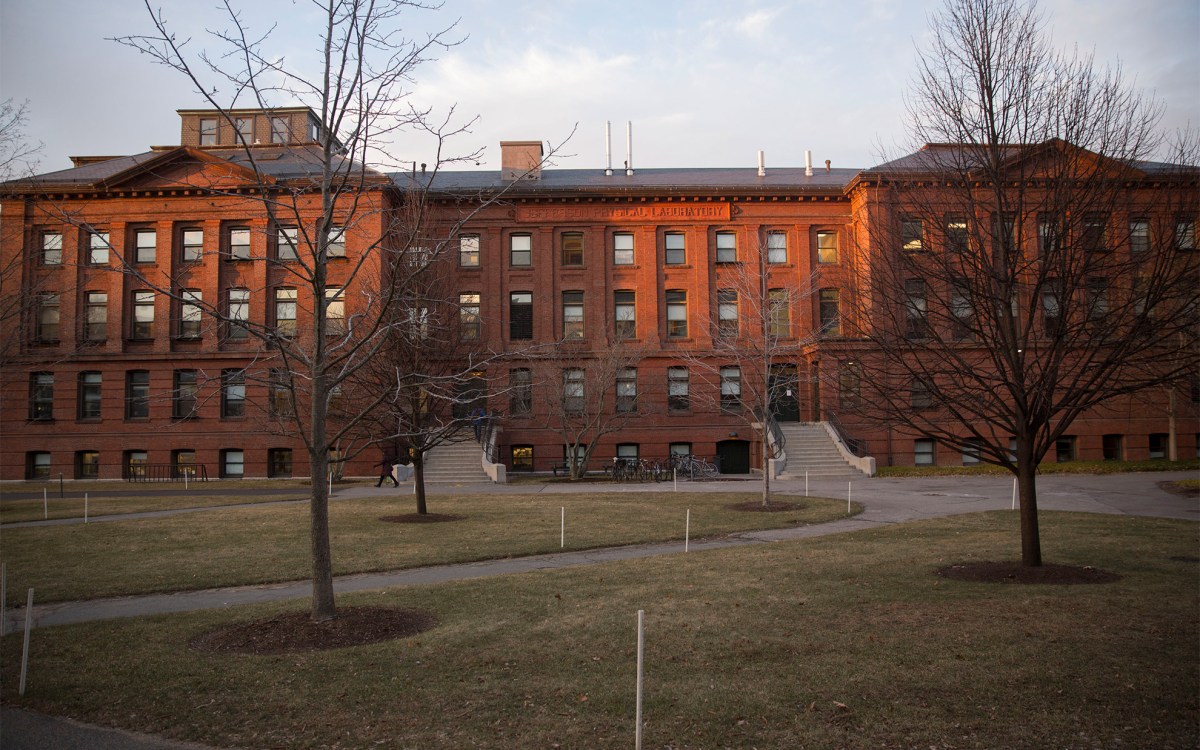Sackler acquires Islamic collection
Longtime benefactors Stanford and Norma Jean Calderwood have donated Mrs. Calderwood’s extensive collection of Islamic art to Harvard’s Arthur M. Sackler Museum. The gift continues the Harvard University Art Museums’ leadership role as a recipient of major acquisitions for the purpose of teaching and research.
The Norma Jean Calderwood Collection of Islamic Art consists of 120 objects acquired by Calderwood during four decades of travel and study. The assemblage, which dates from between the ninth and 19th centuries, includes paintings, drawings, metalware, lacquer, and ceramics from countries within the Iranian cultural orbit (an area that at times extended into present-day Afghanistan, Uzbekistan, Iraq, and Georgia).
The collection represents 1,000 years of Iranian artistic achievement, ranging from the austere and powerful epigraphic ceramics of the ninth and 10th centuries to the introspective realism of late 19th century portraiture. It includes 60 pieces of ceramics that represent – with outstanding quality – every significant period and technique in Persian pottery, including a rare example of Timurid blue-and-white ware from the 15th century.
“We’re both proud of, and humbled by, this gift,” said James Cuno, Elizabeth and John Moors Cabot Director of the Harvard University Art Museums. “By entrusting this collection to the Sackler, the Calderwoods preserve intact an intellectual achievement of the greatest magnitude and share it with everyone interested in the arts of Islam and Iran.”
In addition to the ceramics, Mrs. Calderwood donated more than 50 works on paper, including calligraphy, paintings, and drawings from the 14th through 19th century. The paintings reflect the major regional and chronological styles of Persian painting since the Mongol invasions of the 13th century. The great strengths of the collection are paintings and illuminated frontispieces from 16th century Iran. Most famous among these is “Afrasiyab and Siyavush Embrace” from one of the most famous manuscripts in Persian painting, Firdausi’s great “Shah Nama,” which was made for the Safavid Shah Tahmasp I, who ruled from 1524 to 1576. This painting and others from the Norma Jean Calderwood Collection enhance Harvard’s already important collection of Persian paintings from the Safavid period (1501 – 1722).




